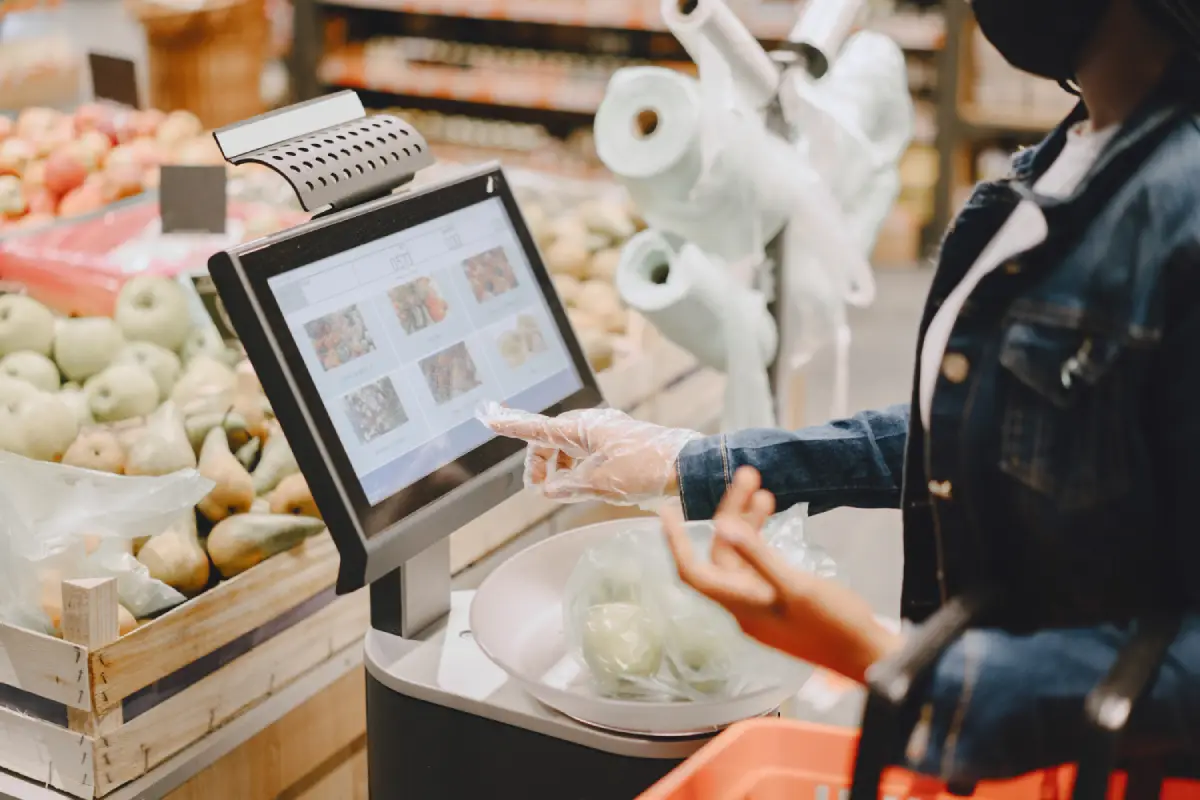WILMINGTON, DE, UNITED STATES, February 3, 2025 /ennovaterz/ — Allied Market Research published a new report, titled, ” Unlocking the Future of Retail : Key Technologies Driving the In-Store Analytics Market.” The report offers an extensive analysis of key growth strategies, drivers, opportunities, key segment, Porter’s Five Forces analysis, and competitive landscape. This study is a helpful source of information for market players, investors, VPs, stakeholders, and new entrants to gain thorough understanding of the industry and determine steps to be taken to gain competitive advantage.
The global in-store analytics market was valued at USD 2.9 billion in 2022, and is projected to reach USD 27 billion by 2032, growing at a CAGR of 25.3% from 2023 to 2032.
Surge in strengthening the customer experience, rise in omnichannel integration, and an escalation of operational efficiency primarily drive the growth of the in-store analytics market. Customized marketing strategies is expected to provide lucrative opportunities for the market growth during the forecast period.
The in-store analytics market is segmented on the basis of component, enterprise size, deployment mode, application, and region. On the basis of component, it is divided into solution and services. On the basis of enterprise size, it is bifurcated into large enterprise and small and medium-sized enterprises. On the basis of deployment mode, it is bifurcated into on-premise and cloud. On the basis of application, it is fragmented into customer management, marketing management, merchandising analysis, store operations management, risk and compliance management, and others. Region-wise, it is analyzed across North America, Europe, Asia-Pacific, and LAMEA.
Recent Partnership in the Market
- On October 2023, RetailNext, the leading in-store traffic analytics provider used by 450+ of the world’s most loved brands, partnered with MarketDial, a prominent A/B testing solution for physical retail. This partnership aims to provide retailers with an unprecedented 360° view of the customer journey.
- On January 2022, dunnhumby, the world leader in Customer Data Science, partnered with SAP, the market leader in enterprise application software, to help retailers integrate advanced customer insights into their marketing and merchandising programmes. The partnership allows retailers to make faster, customer-led decisions and deliver a more personalized shopper experience in-store and at home. Retailers will be able to better translate customer insights into clear actions to simplify and elevate everyday business processes and look ahead to build better connections as they prepare the future of retail.
- On October 2020, RetailNext partnered with BrightSign, ConcretePlatform, Crave Retail, Creative Realities, Gaiadigits, MishiPay, Purple Wifi, Qudini, Radius8, StoreForce, Waitwhile, and Visionect. In addition to exciting customer growth, RetailNext announced several new partnerships, many leveraging the in-store occupancy data to provide consumers transparency to real-time in-store shopping environments as well as to build consumer-facing applications that leverage this data to create a more seamless experience.
- On In November 2022, Manila-based F&B and retail management system provider Mosaic Solutions partnered with the Philippines largest shopping centre operator, SM Supermalls. The aim of this agreement is to deploy Mosaic advanced software across SM chain of 82 malls nationwide, facilitating advanced data insights and automation across a range of business areas, ultimately providing the tools to allow SM and its more than 20,000 tenants to improve their data-driven decision-making and operational efficiency.
Overview of Key Trends and Growth Drivers in the In-Store Analytics Market
On the basis of component, software segment dominated the in-store analytics market in 2022 and is expected to maintain its dominance in the upcoming years owing to the necessity for retailers to improve consumer experiences and the growing demand for data-driven decision-making propels the market growth significantly. However, the services segment is expected to witness the highest growth, owing to rise in use of in-store analytics solutions by retailers and increase in demand for professional help in maximizing the potential of these solutions.
On the basis of enterprise size, large enterprise segment dominated the in-store analytics market in 2022 and is expected to maintain its dominance in the upcoming years owing to need to improve overall business performance by using these insights to promote sales growth throughout their retail network, improve customer experiences, and personalize marketing campaigns which propels the market growth significantly. However, the small and medium-sized enterprise segment is expected to witness the highest growth, owing to increase sales and improve customer experiences by optimizing shop layouts, streamlining operations, and personalizing marketing campaigns with the use of in-store data.
Region-wise, the in-store analytics market size was dominated by North America in 2022 and is expected to retain its position during the forecast period, owing to the increasing need of retailers to improve customer experience and boost sales, coupled with the growing use of cutting-edge technology aiding the growth of the in-store analytics market. However, Asia Pacific is expected to witness significant growth during the in-store analytics market forecast period, owing to the expanding retail industry and rise in use of cutting-edge technology which is expected to fuel the market growth in this region.
The key players operating in the in-store analytics industry include RETAILNEXT, INC., AMOOBI, Trax Image Recognition, Teralytics Inc., Capillary Technologies, V-Count, SEMSEYE, HoxtonAi, Capgemini, and SAP. Furthermore, it highlights the strategies of the key players to improve the market share and sustain competition.














